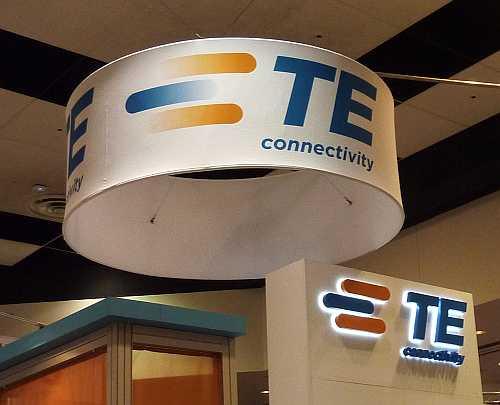TE Connectivity is betting big on Indian telecom and 4G LTE boom.
The company is hoping to see business revival in 2015 and not in 2014 due to uncertain market conditions in India.
There are four critical businesses that will bring good revenue growth to TE Connectivity.
First, the ongoing investments in national fiber spectrum — managed by the state-run BSNL connecting several critical agencies including defense, navy, etc — will be a key focus for TE.
Second, the Rs 20,000 crore investment in the Bharat Broadband project that covers 650,000 villages in India will be tapped for growth.
Third, private projects such as Reliance Jio Infocomm’s nationwide 4G roll outs and TD-LTE network by Bharti Airtel is expected to create demand for fiber in the country.
KK Shetty, director Network Solutions, TE Connectivity – India and SAARC, says the demand for fiber will increase as there’s growing demand for video in the country. If telecoms can address last mile issues through fiber, video consumption will further pick up.
Currently, TE Connectivity, which depends on ITES for most of its revenue, will increase focus on telecom, data center business, etc. “We see demand from telecoms for data centers. They will offer data center services as a pay per use model soon,” Shetty said.
In 2013, TE Connectivity is expecting a decline in revenue from ITES sector. Dollar – Rupee fluctuation is also affecting TE Connectivity in India. “We are unable to manage the rupee depreciation due to the import component in our fiber business,” Shetty added.
TE Connectivity invests around $688 million in research and development. Thanks to its R&D efforts, around 25 percent of revenue comes from new products. TE Connectivity holds around 20,000 patents.
Its new manufacturing facility in Bangalore is expected to be ready by June 2014. It will have facilities to accommodate its existing manpower of 3,500 people.
TE Connectivity generates $2.2 billion revenue from China; $2.5 billion from Asia Pacific (excluding China and including India); $4.3 billion from the U.S.; and $4.3 billion from Europe.
Earlier, TE Connectivity said its Q3 revenues rose 6 percent sequentially to $3.45 billion. The growth was primarily driven by strength in transportation segment and improving demand in industrial and telecom network segments. But its revenue declined from $3.5 billion on yearly basis.
TE Connectivity chairman and CEO Tom Lynch earlier noted that the company is strong in India and the enterprise market there has been very slow because of the economy.
Telecom is an important component for TE Connectivity as sales and earnings in network solutions were slightly better than expectations, due mostly to improved demand in the telecom networks business.
TE Connectivity earlier said the pickup in telecom is due to carrier Capex spending in the US as well as selected projects in Europe, the Middle East, and Africa.
Baburajan K
[email protected]






